Membrane Transporter/Ion Channel
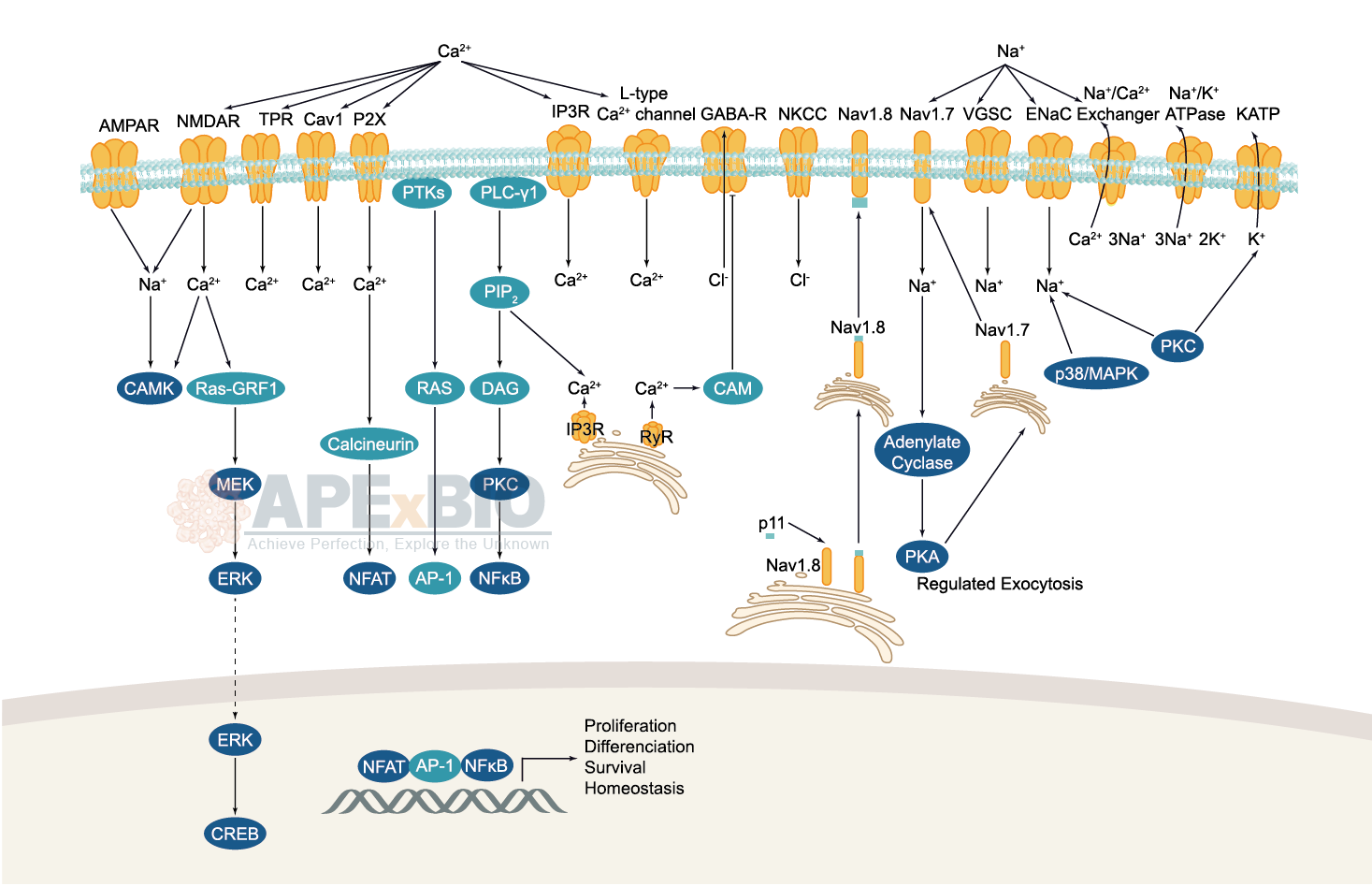
Ion channels are pore-forming membrane proteins which allow the flow of ions across the membrane. The ion channels can be broadly grouped into six families including calcium channels, chloride channels, potassium channels, sodium channels, gap junction proteins and porins. Not all ion channels are gated, such as certain type of K+ and Cl– channels, transient receptor potential superfamily of cation channels, the ryanodine receptors and the IP3 receptors, but most Na+, K+, Ca2+ and some Cl– channels are all gated by voltage. Ligand-gated channels are regulated in response to ligand binding (e.g. neurotransmitters signaling). These ligand-gated neurotransmitter receptors are known as ionotropic receptors. Various neurotransmitters couple to ionotropic receptors such as glutamate, acetylcholine, glycine, GABA, and serotonin.
-
 B7520 BCTCSummary: vanilloid receptor 1 (TRPV1 receptor) antagonist
B7520 BCTCSummary: vanilloid receptor 1 (TRPV1 receptor) antagonist -
 B7541 TCS 5861528Summary: TRPA1 channel blocker
B7541 TCS 5861528Summary: TRPA1 channel blocker -
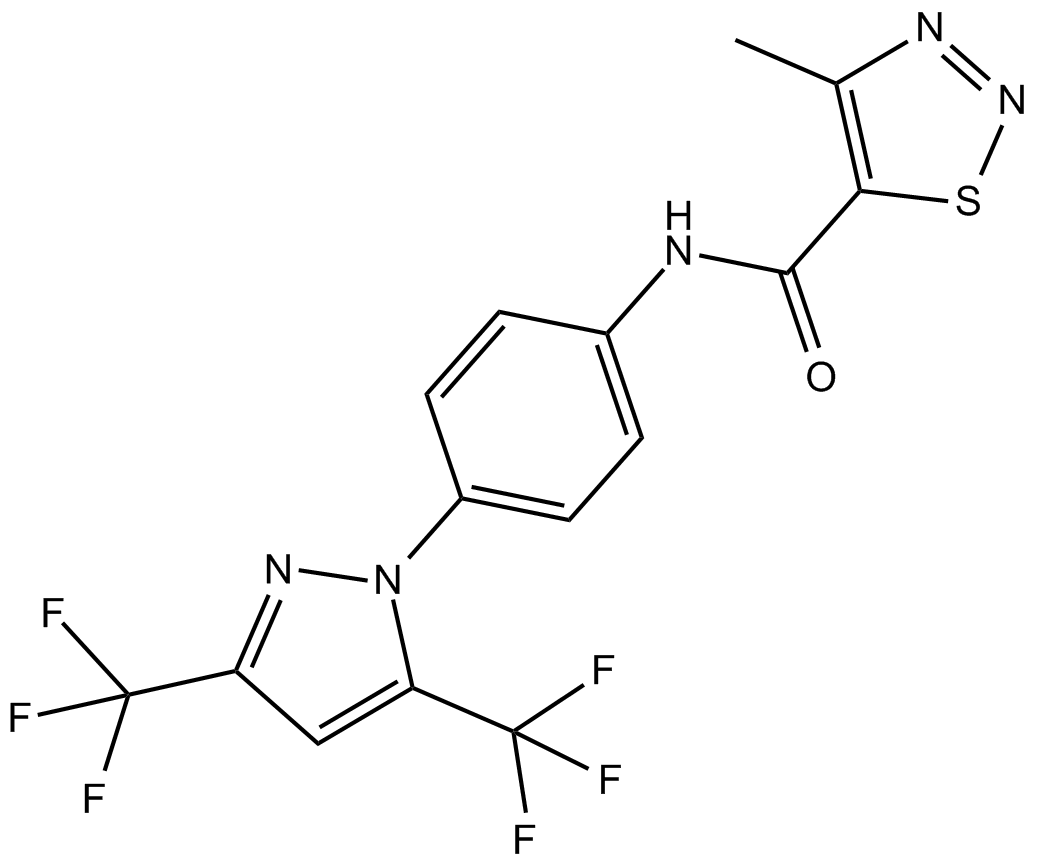 B7542 YM 58483Summary: A store-operated Ca2+ entry (SOCE) blocker
B7542 YM 58483Summary: A store-operated Ca2+ entry (SOCE) blocker -
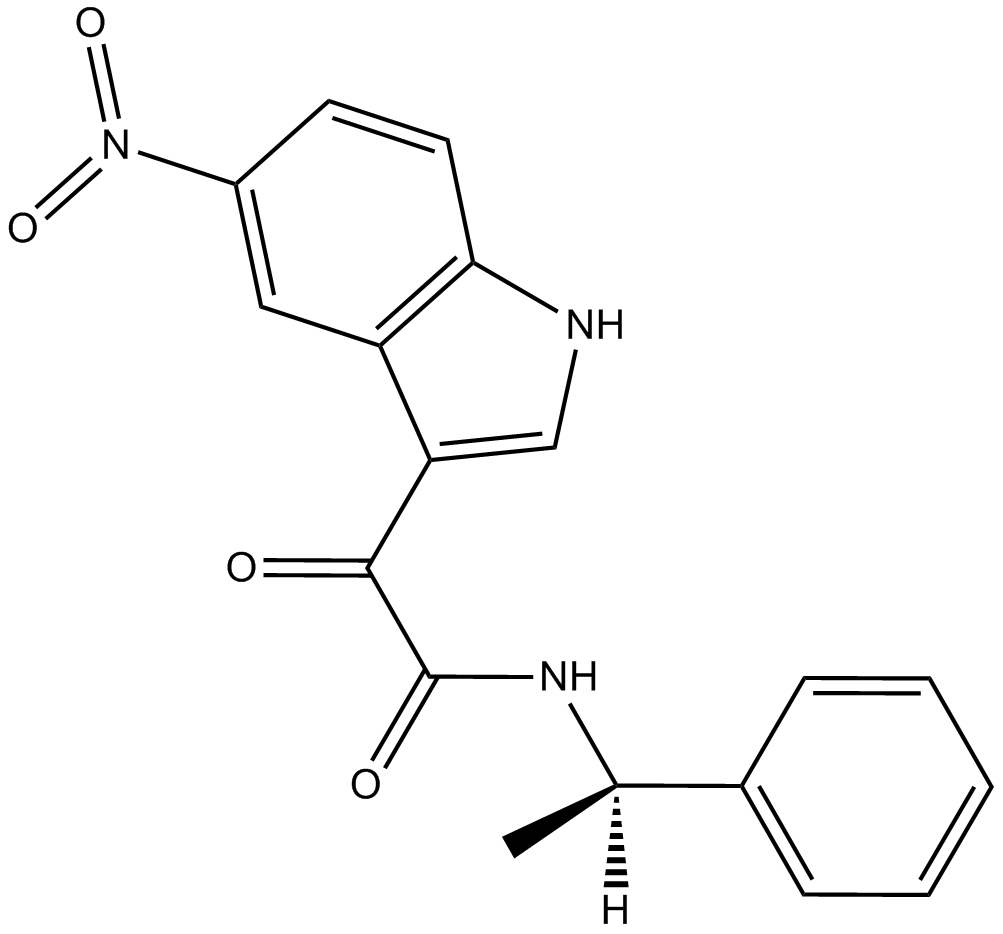 B7544 TCS 1205Summary: GABAA α2 agonist and GABAA α1 partial agonist
B7544 TCS 1205Summary: GABAA α2 agonist and GABAA α1 partial agonist -
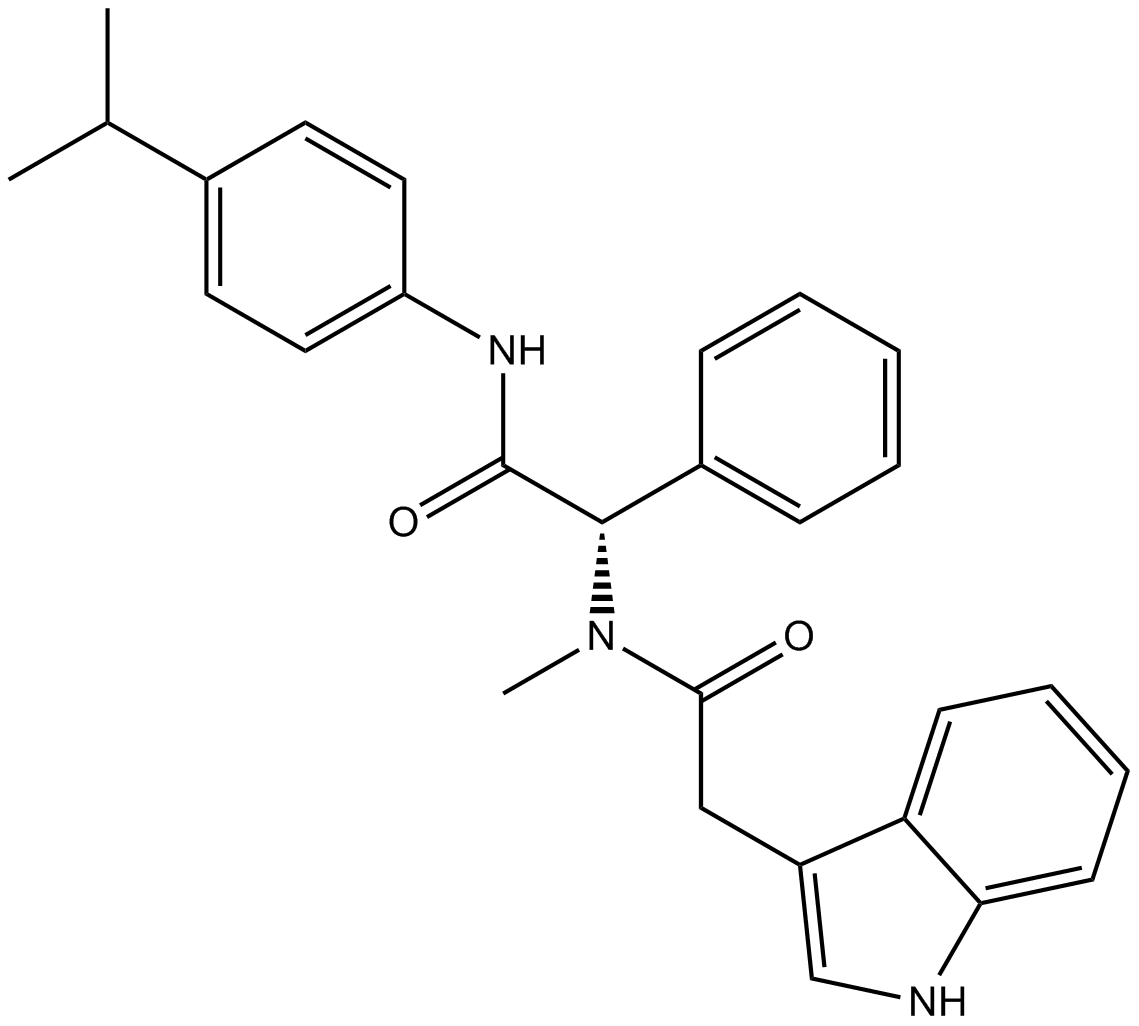 B7545 PG 01Summary: CFTR mutants potentiator
B7545 PG 01Summary: CFTR mutants potentiator -
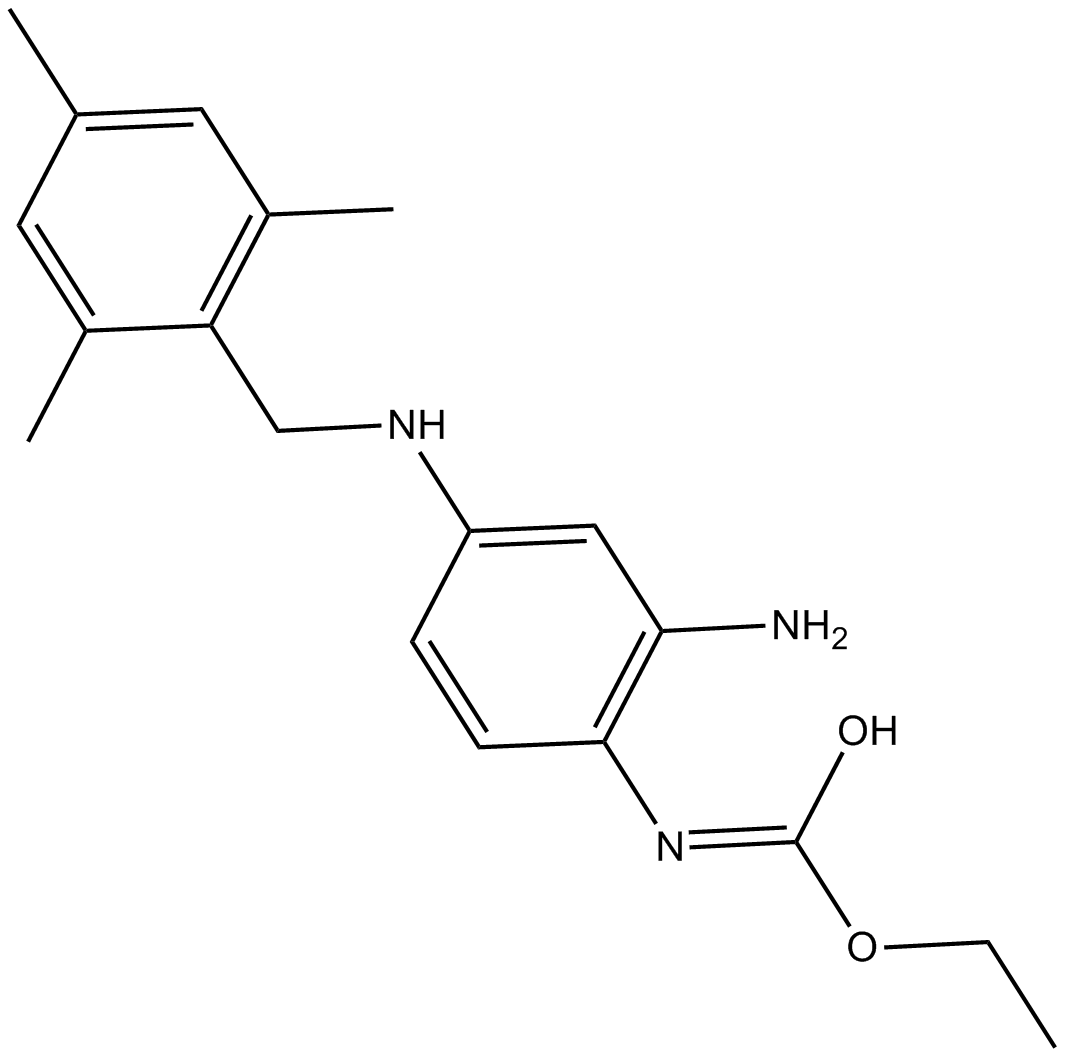 B7554 AA 29504Summary: GABAA receptor modulator
B7554 AA 29504Summary: GABAA receptor modulator -
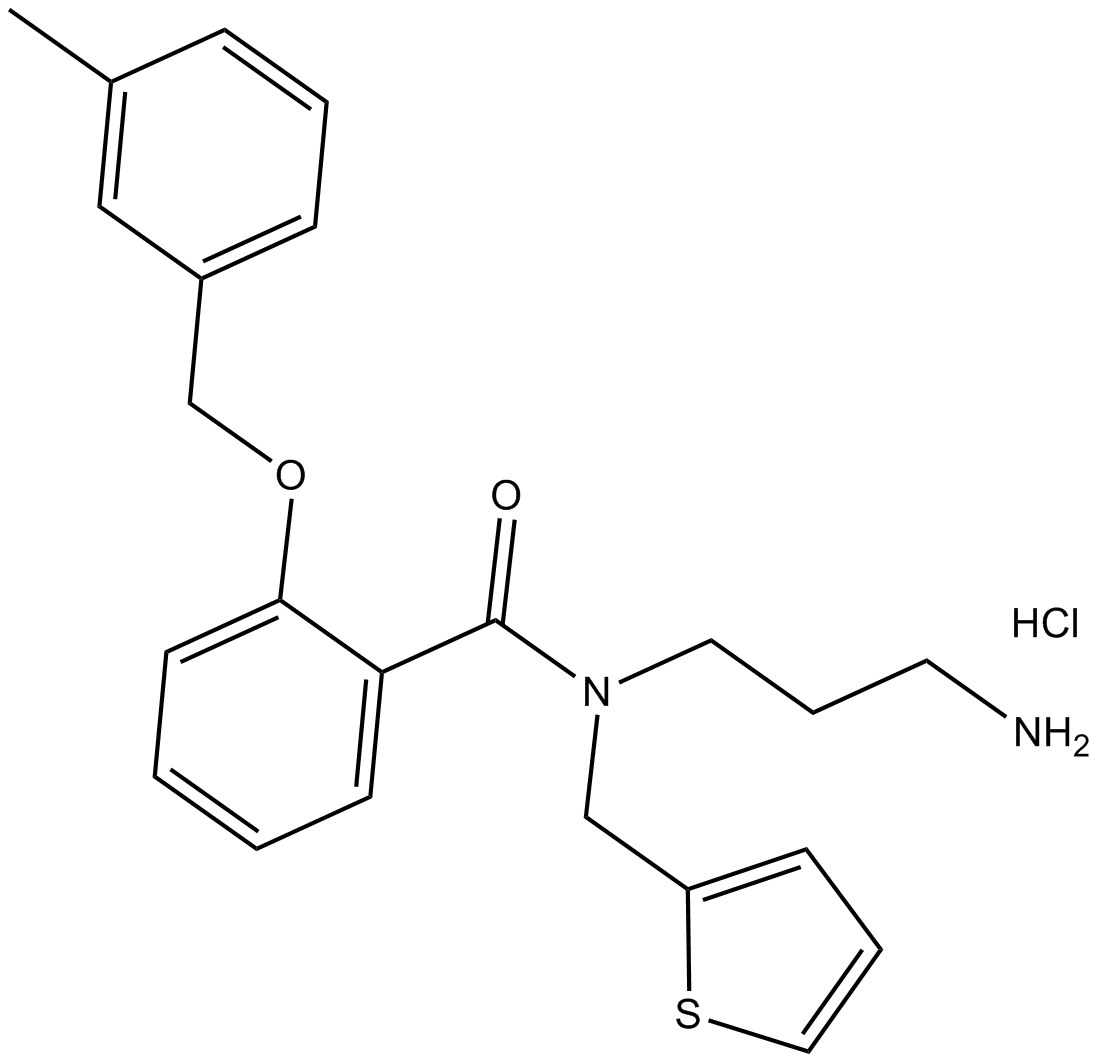 B7559 AMTB hydrochlorideSummary: TRPM8 channel blocker
B7559 AMTB hydrochlorideSummary: TRPM8 channel blocker -
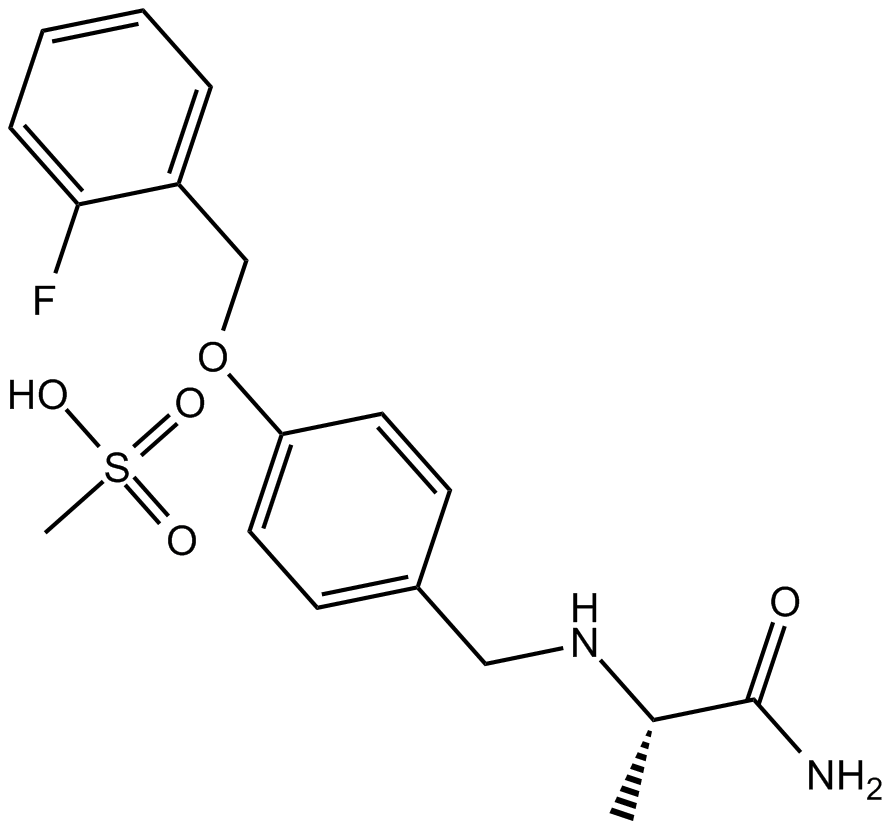 B7569 Ralfinamide mesylateSummary: Sodium channel blocker
B7569 Ralfinamide mesylateSummary: Sodium channel blocker -
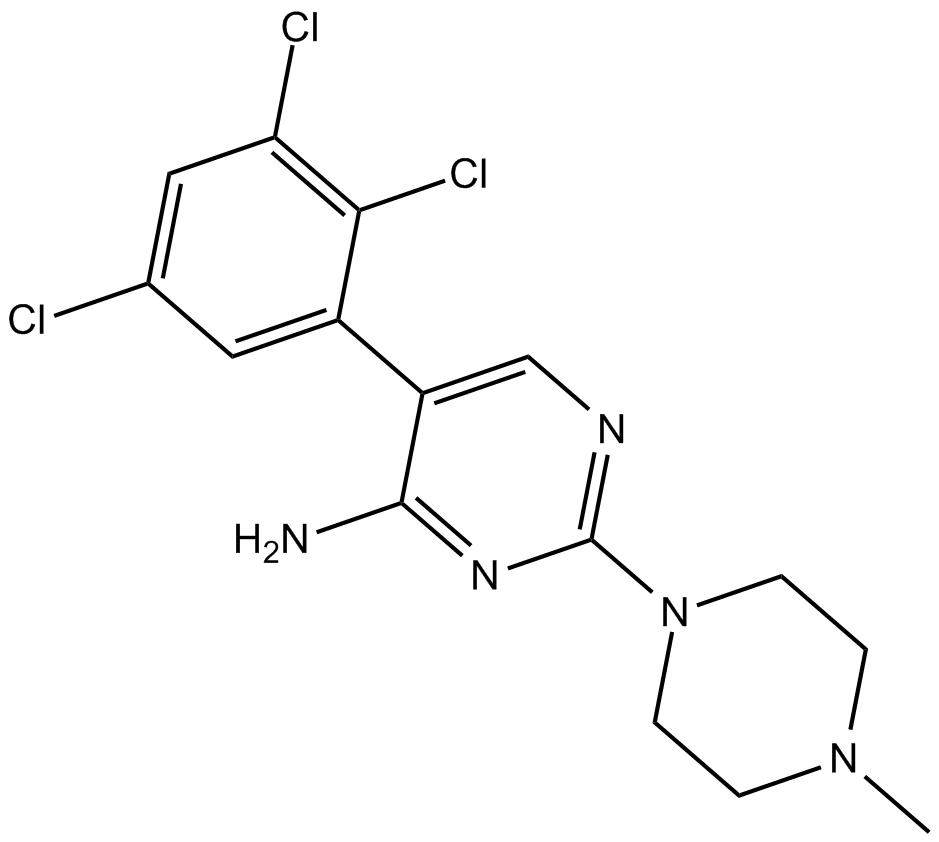 B7573 SipatrigineSummary: voltage-dependent sodium channels (NaV) blocker
B7573 SipatrigineSummary: voltage-dependent sodium channels (NaV) blocker -
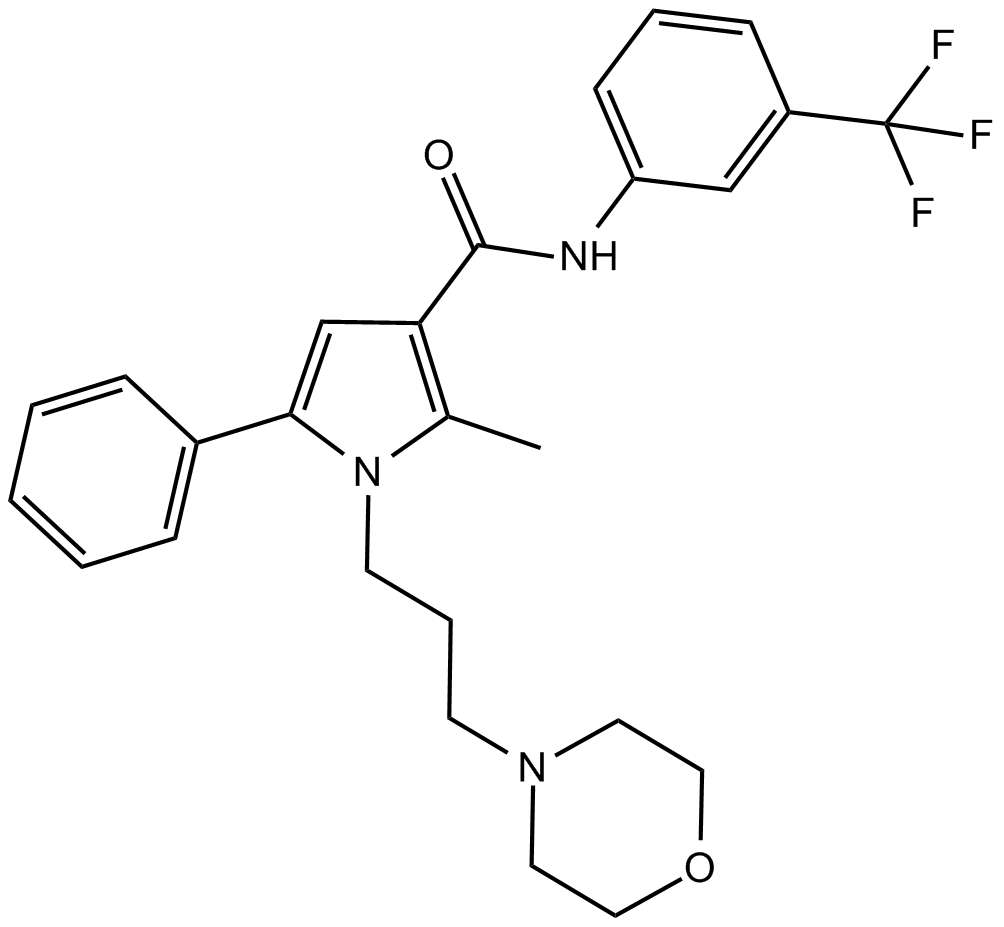 B7588 HC 067047Summary: TRPV4 antagonist
B7588 HC 067047Summary: TRPV4 antagonist

